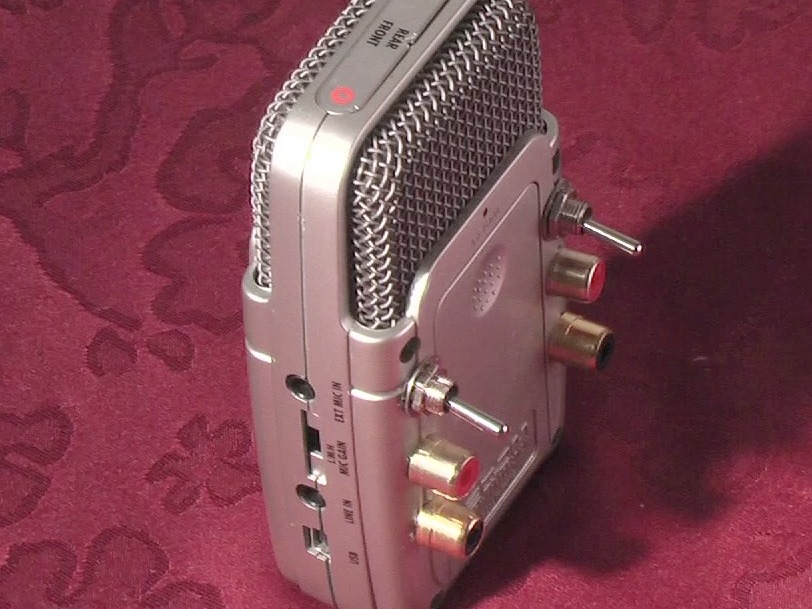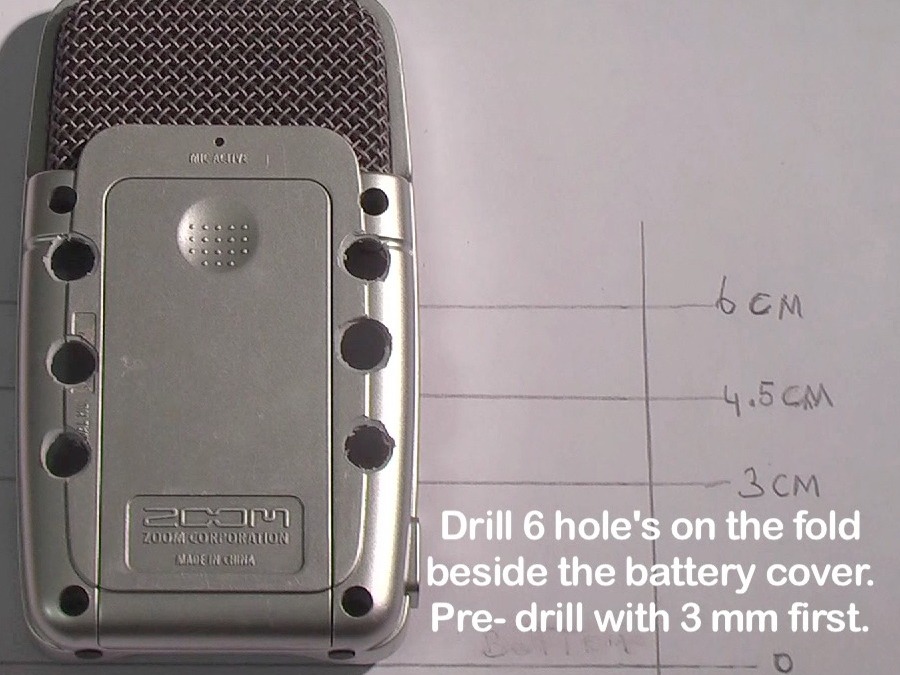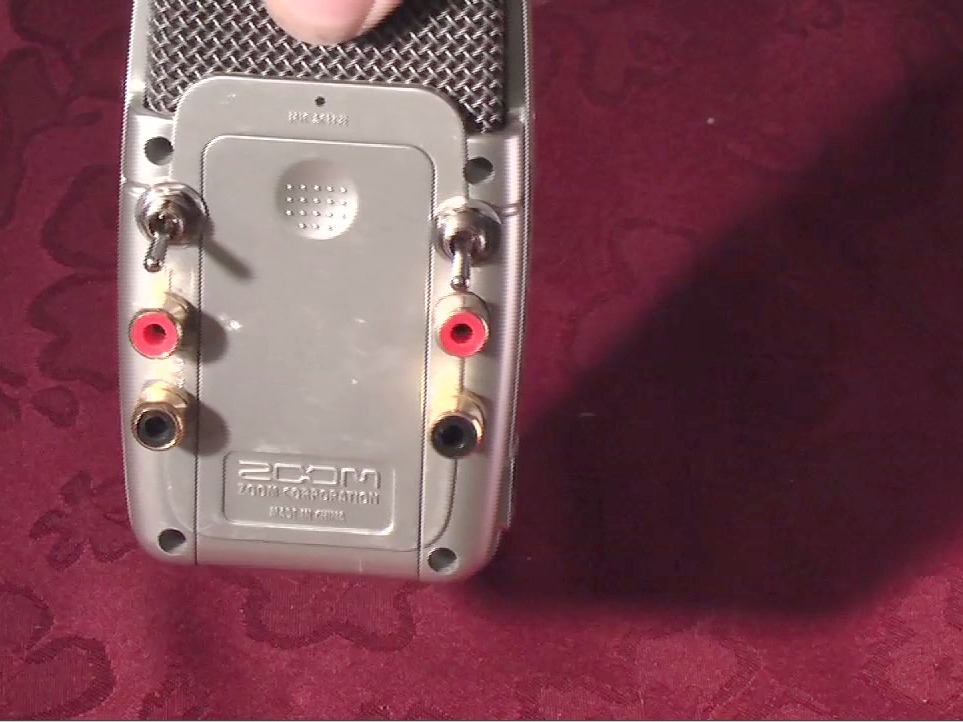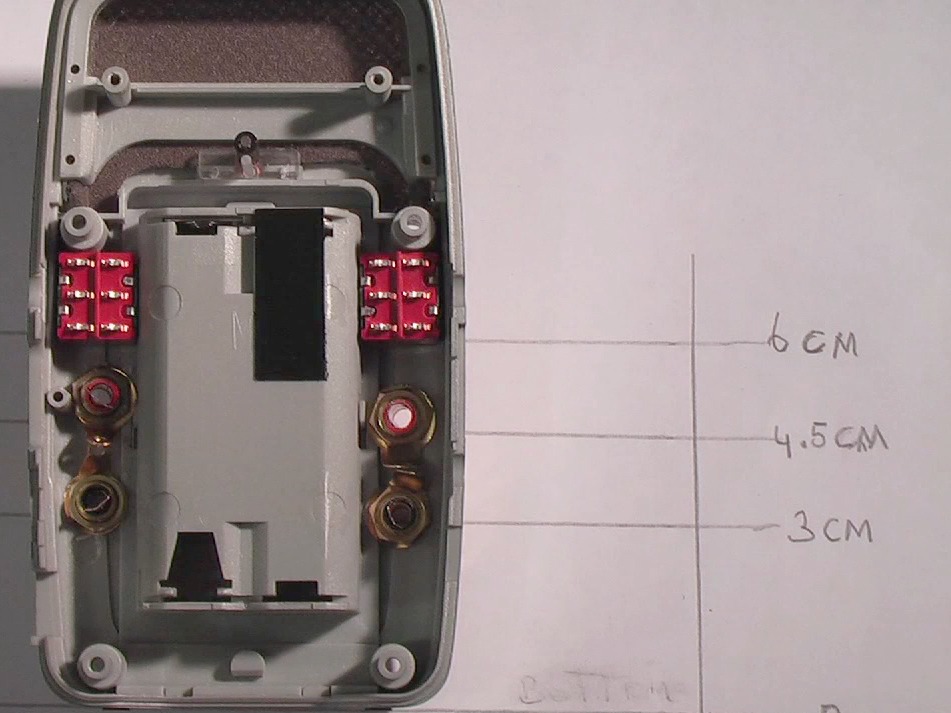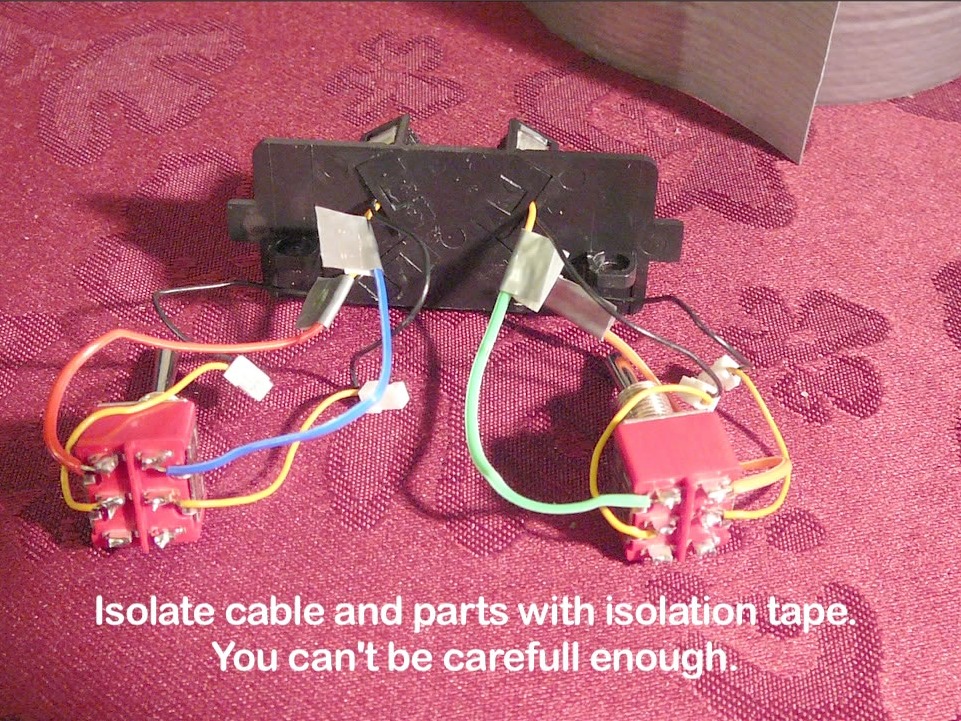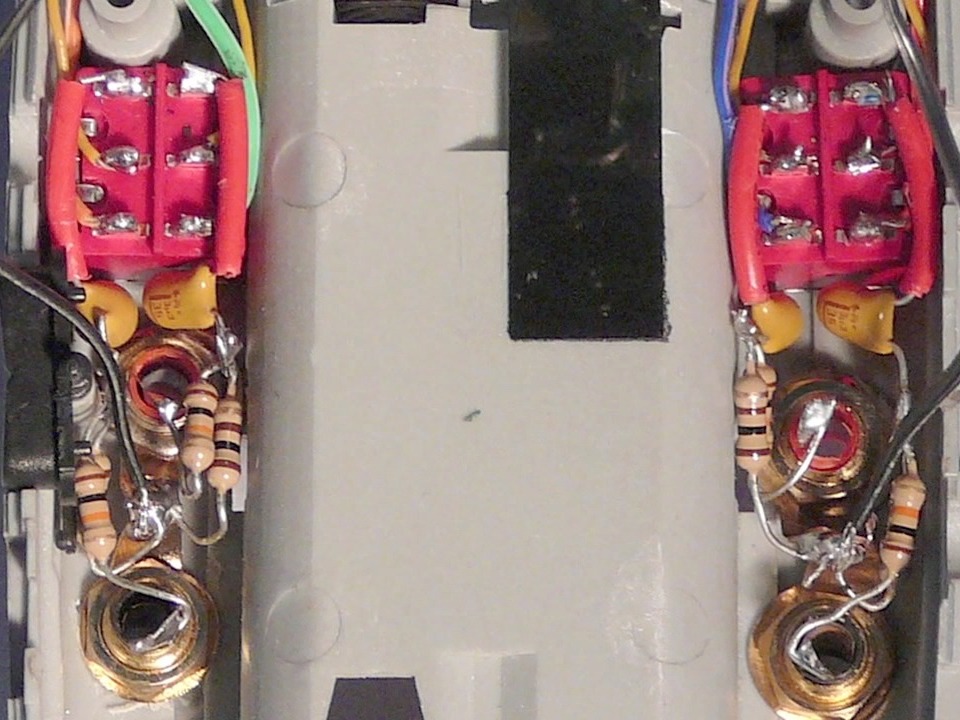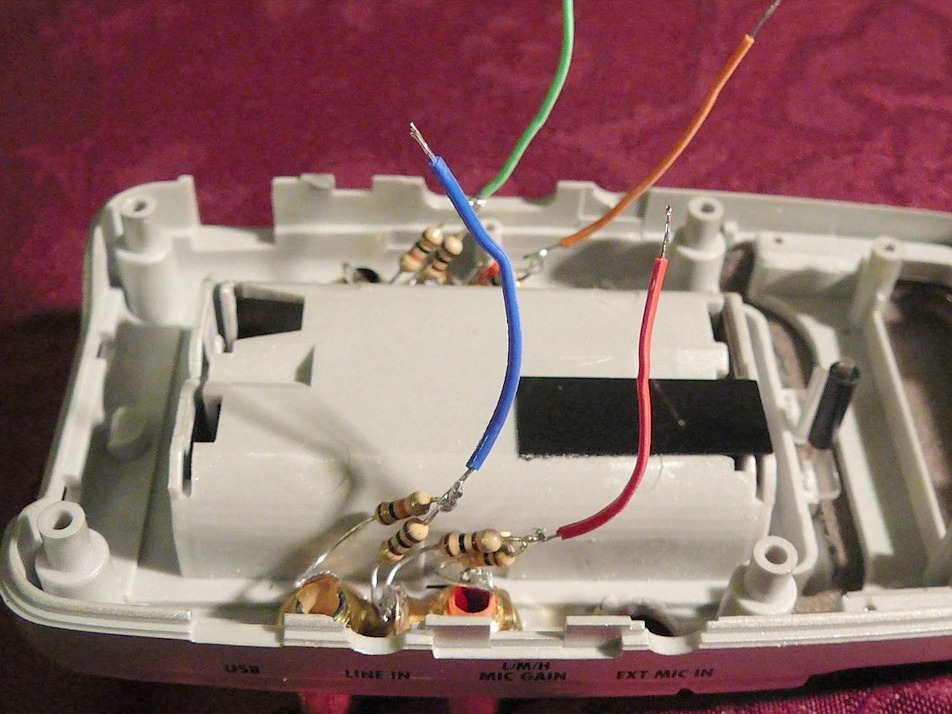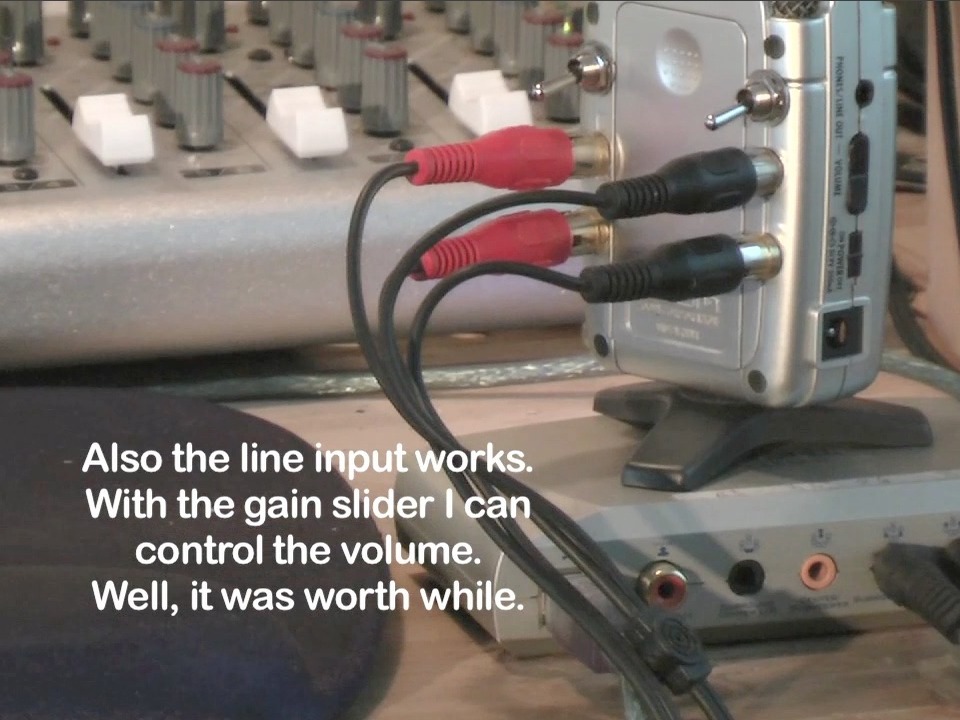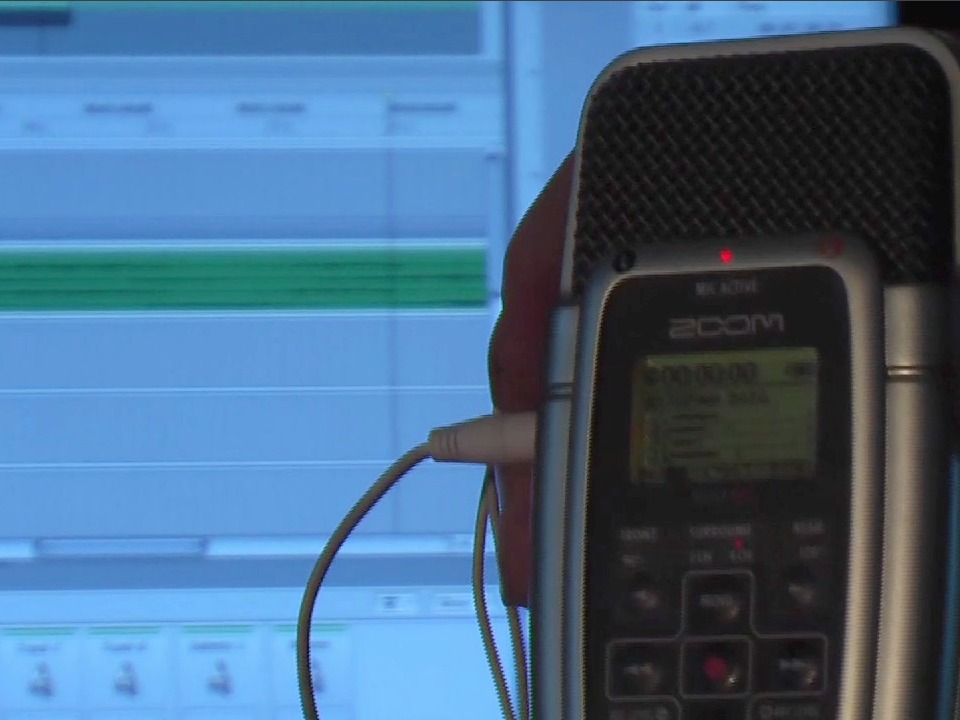For a music band, synchronous 4-track sound recording is the absolute minimal setup. Recording instruments on four discrete channels improves the sound quality and makes the master mix easy. The Zoom H2 has that (hidden) opportunity, because it can record sound from the 4 built-in microphones simultaneously. The only thing we need to do is to add 4 line input plugs and 2 switches. To change the sound level we solder some resistors and capacitors into the box. As reward for the modification you get a cheap multi-track field recorder in the palm of your hands.
The video below shows how to get it done.


